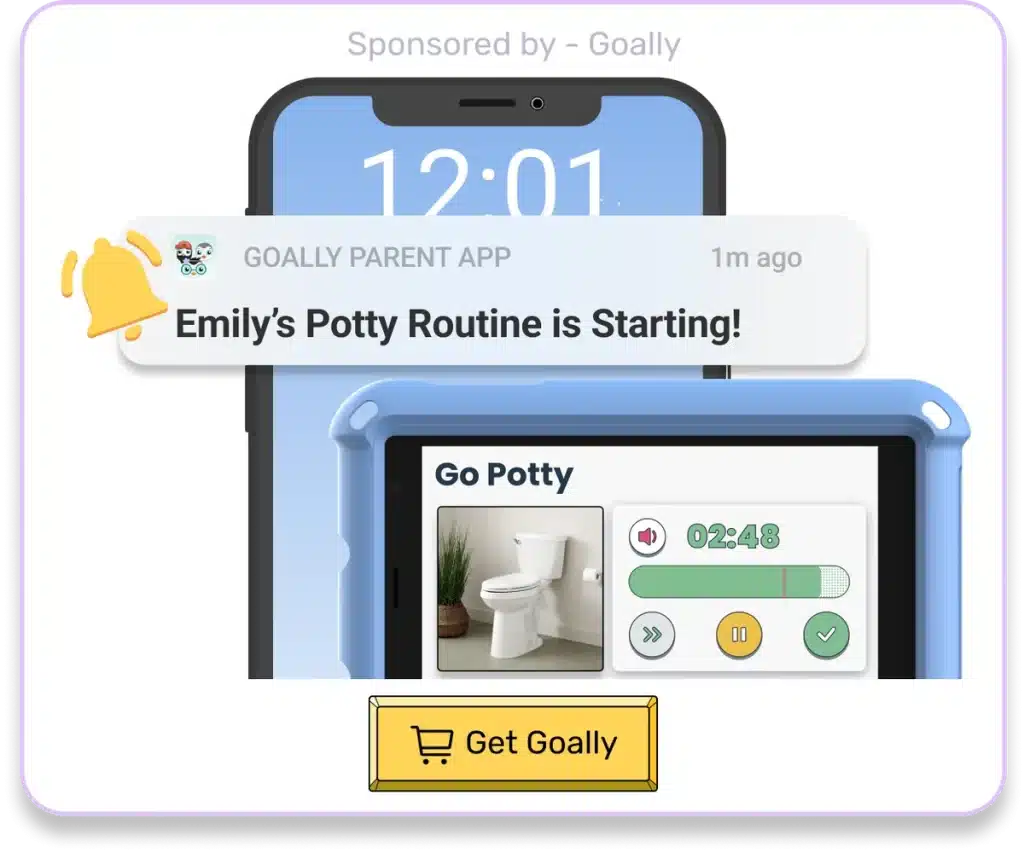Juggling schedules and chores when you’ve got neurodivergent kids feels like solving a puzzle with ever-changing pieces. There’s a sense of “Will this work today?” every morning. You’re in the right place! Today, we’re tackling the nuts and bolts of creating an effective chore chart for kindergartners. Expect to learn which chores suit this age group, how to make the chart visually stimulating, and how to encourage participation. For example, did you know a color-coded chart can make a real difference for a child with ADHD? Read on for more tips!
Why Chore Charts Work
Firstly, let’s address why a chore chart for kindergartners is a game-changer. Routine is vital for kids, and even more so for those with thinking and learning differences. A well-structured chore chart offers predictability, reducing anxiety and boosting self-esteem.
Best Chores for Little Hands
Now, onto the chores that actually make sense for your 5-year-old. Simple tasks like picking up toys, feeding a pet, or helping set the table are manageable and satisfying for kids this age. Moreover, they can usually complete these with minimal supervision.
- Picking up toys: Encourages personal responsibility
- Feeding a pet: Builds empathy and care
- Setting the table: Instills a sense of community

Read more: Life Skills for Kindergartners
Crafty Chore Charts for Kindergartners: Design Matters
In other words, the design of the chore chart can make or break your child’s interest. Use bright colors, simple icons, and straightforward language. Most importantly, kids with ADHD or other learning challenges may benefit from a color-coded system.
- Bright Colors: Captivate attention
- Simple Icons: Easy to understand
- Color-Coding: Helps with task segmentation
Rewards: Motivating Your Little One
However, a chore chart for kindergartners isn’t just about ticking off boxes; it’s also about rewards. Small treats, like stickers or extra storytime, can go a long way. But, remember, the goal is to foster intrinsic motivation—doing chores because it feels good to contribute, not just for the rewards.
- Stickers: Fun and visually appealing
- Extra Storytime: Encourages a love for reading
Flexibility: Adapting to Changing Needs
Above all, be flexible. Sometimes, kids have off days, and that’s okay. Similarly, switch it out for something else if a chore becomes too complicated or loses its appeal. This is especially important for neurodivergent kids who may find a rigid schedule confining.
Tech-Savvy Solutions
During your busy day, there are digital options that can lend a helping hand. Apps like Goally can digitize your chore chart, making it interactive and adaptable. These can be super helpful for tech-savvy kids who have trouble with traditional paper charts.
Parental Involvement: You’re Part of the Team
Lastly, your involvement is crucial. Kids take cues from their parents. So, if you’re enthusiastic about the chore chart, chances are, they will be, too. In addition, praising your child’s efforts reinforces the positive behavior you want to see.
Goally | Routines that Actually Work
Goally’s skill building tablet for kids has routines that break down large tasks into small, achievable steps. It helps kids complete their tasks independently!

Create custom routines with your own videos & pictures for every step. The steps come in small, bite-sized pieces to help your child learn the little fundamentals (like putting the toothpaste on their toothbrush!) to achieve bigger goals. And that’s just the beginning. See it in action:
The Chore Chart, Your New CoPilot
To summarize, a well-designed chore chart for kindergartners instills a sense of accomplishment and builds essential life skills. Not to mention how these charts add a dash of predictability to the chaotic puzzle of daily life. Now armed with these insights, you’re not just ready to create a chore chart; you’re ready to make it a meaningful part of your family’s routine.

Goally
We help parents teach their kids life skills, like doing bedtime and morning independently. Backed by science, we incorporate evidence-based practices and expert-informed designs in all of our apps and content.






